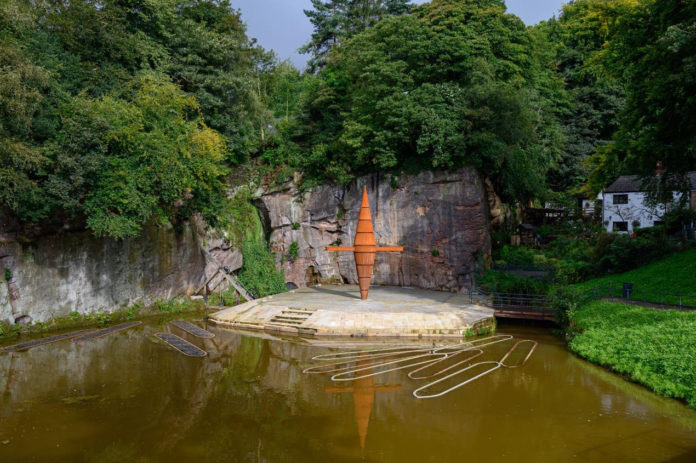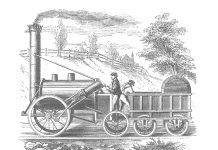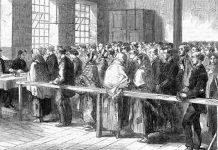A £5.5 million facelift for Salford’s Bridgewater Canal has been completed uncovering hidden history at Worsley Delph.
The Delph, formerly a quarry, was the birthplace of the Bridgewater Canal which was a catalyst for the Industrial Revolution. Over time the site had become overgrown but after a 14 month-long restoration project, the Delph has been transformed with enhanced access for visitors and new features that reveal its unique heritage.
The work is the culmination of a £5.5 million physical regeneration of the Salford stretch of the Bridgewater Canal funded by the National Lottery Heritage Fund, Salford City Council, Bridgewater Canal Company and other partners.
Councillor David Lancaster, lead member for environment and community safety, said the work would help new generations of local residents and visitors to fully appreciate the Delph’s rich history and the canal’s role in the Industrial Revolution.
“A new multi-level viewing platform has been installed to improve access and offer panoramic views across to the island. New features now tell the story of the Delph’s past as both a gateway to an extensive network of underground coal mines and the starting point for Britain’s first ‘true’ canal in 1761. These included a sculptural representation of the primitive crane that towered over the island during the Delph’s early life as a quarry,” he said.
The construction work uncovered several historic finds. During de-silting, a partially submerged mining boat near the site’s western cliff face was lifted and moved just to the south of the Delph island to be more visible from the viewing platform. Another, 1940s mine maintenance boat was discovered buried in silt in the south-western basin. Due to its fragile condition archaeologists have advised it remain buried to preserve it.
Construction work to create a new viewing platform revealed two previously unrecorded tunnels beneath School Brow and also a metal winch. The winch was probably used to move goods between boats and Worsley Road, while the tunnel, which had a stone quay at its mouth, may have been used for coal deliveries to the village corn mill.
The tunnels were recorded by archaeologists from the University of Salford and preserved, although they are hidden from view behind the new platform. The winch has been restored and reinstalled within the Delph.
One of the sluice gates between the Delph and an entrance to the underground mines has been restored and the site itself is now lit up from dusk. There are also new artworks, including a replica mine cart full of coal and a copy of the original Act of Parliament from 1759 that set the canal system in motion.
In Nailmaker’s Basin, on the other side of Worsley Road Bridge, new seating and interpretive paving has been installed and Alphabet Bridge, the smallest bridge across the Bridgewater Canal, has been restored. The bridge gets its name from its 26 planks used by generations of school children to help learn their alphabet as they cross it to reach nearby St Mark’s school.
These improvements are part of the final phase of the National Heritage Lottery Fund and Salford City Council supported improvement works along the Bridgewater Canal in Salford.







